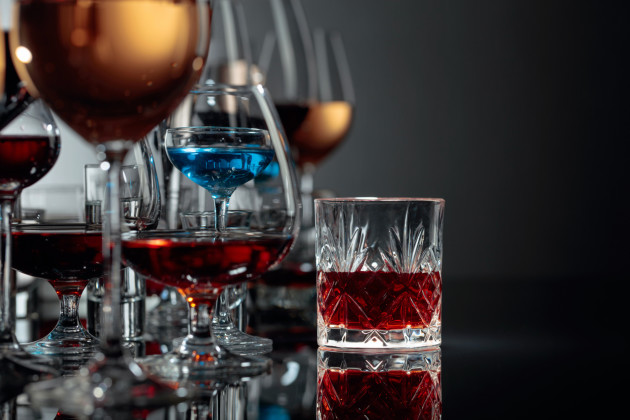
Duty reforms: What’s the cost for wine and spirits?
Chancellor Rishi Sunak revealed plans to simplify the current alcohol duty regime during yesterday’s Budget, when it was revealed that the Treasury would be adopting a new principle of “the stronger the drink, the higher the rate”.
So what exactly does that mean for wines and spirits?
Under the proposals, all products across all categories would be taxed in reference to the litres of pure alcohol they contain, as is currently the case for spirits.
According to the WSTA, under the Government’s plans, a 750ml bottle of still wine at 12% will see duty increase by 10p to £2.33 in February 2023, when the changes come into effect.
In comparison, duty on a 750ml bottle of sparkling wine at 12% remains at £2.86 until 2023 when it will drop by 53p to £2.33. Meanwhile, duty on a 70cl bottle of vodka at 37.5% will stay at £7.54 and remain unchanged.
Further insight into how alcohol duty will be calculated have also been published by the government as part of its consultation into duty reform.
As part of plans to reform the current alcohol duty system, which it describes as too “complex, burdensome, and inconsistent”, all categories will move to a standardised series of bands with rates for products between 1.2 to 3.4% abv, 3.5 to 8.4% abv, 8.5 to 22% abv, and above 22% abv.
For the 8.5 to 22% abv and above 22% abv bands, all products across all categories will pay the same rate of duty.
In particular, duty for wine and made-wine products were singled out for major reform as the Government considered these as “poorly structured taxes, with significant anomalies and distortions”.
The current system, it said, allows fortified wines to pay significantly less duty than comparable spirits products, and less duty per unit than lower strength products such as beers.
The existing system, where still wines at 5.6% and 15% abv, pay the same level of duty overall, is to end. The different rates for still and sparkling wines will be abolished, and both products will be taxed at a single rate.
Wine between 8.5% to 22% abv will be taxed at a single flat rate per litre of pure alcohol with the plan to set this between the existing still and sparkling rates.
Wine below 8.5% abv will be charged a rate slightly below the current level per unit, on a par with what is currently applied at 4% abv.
The government justified this in its consultation document by saying that "Products below 8.5% abv are only competitive when produced at 4% and 5.5% abv, as these are the minimum rates of duty per unit available to manufacturers. This constrains product innovation and limits the growth of lower-strength products that fall into these classifications."
To support development of lower strength products, a new reduced rate will be introduced for wines below 3.5% abv, the Government said.
Spirits below 22% abv will see duty rates drop to match that for wine. The Government intends to make only minor changes to the structure of beer duty, with the reduced rate for products below 2.8% abv to be widened and extended to products below 3.5% abv. Beers above 8.5% abv will also pay the same rate of duty as wines and spirits.
The WSTA welcomed the move to freeze spirits and wine duty and said it was an important lifeline for the sector to help it recover from the pandemic.
Miles Beale, chief executive of the WSTA, said that the measures taken in the Budget yesterday would save UK wine and spirit businesses over £430m in extra duty payments.
But he raised concern about the fairness of the new plans.
“We are mystified by a proposal that embeds unfairness between products meaning that beer will be taxed between 8p to 19p per unit, wine increases to 26p per unit and spirits remains at 29p per unit,” Beale said.
The Government is calling for submissions to the consultation with a deadline of 30 January 2022.
Keywords:
- wine
- UK
- Spirits
- WSTA
- duty
- Wines
- Alcohol Duty
- abv
- 5%
- products
- 5% abv
- per
- rate
- beale chief executive
- miles beale chief
- 22%
- per unit
- 22% abv
- 4% abv
- current alcohol duty
- lower strength products
- 5% abv beers





